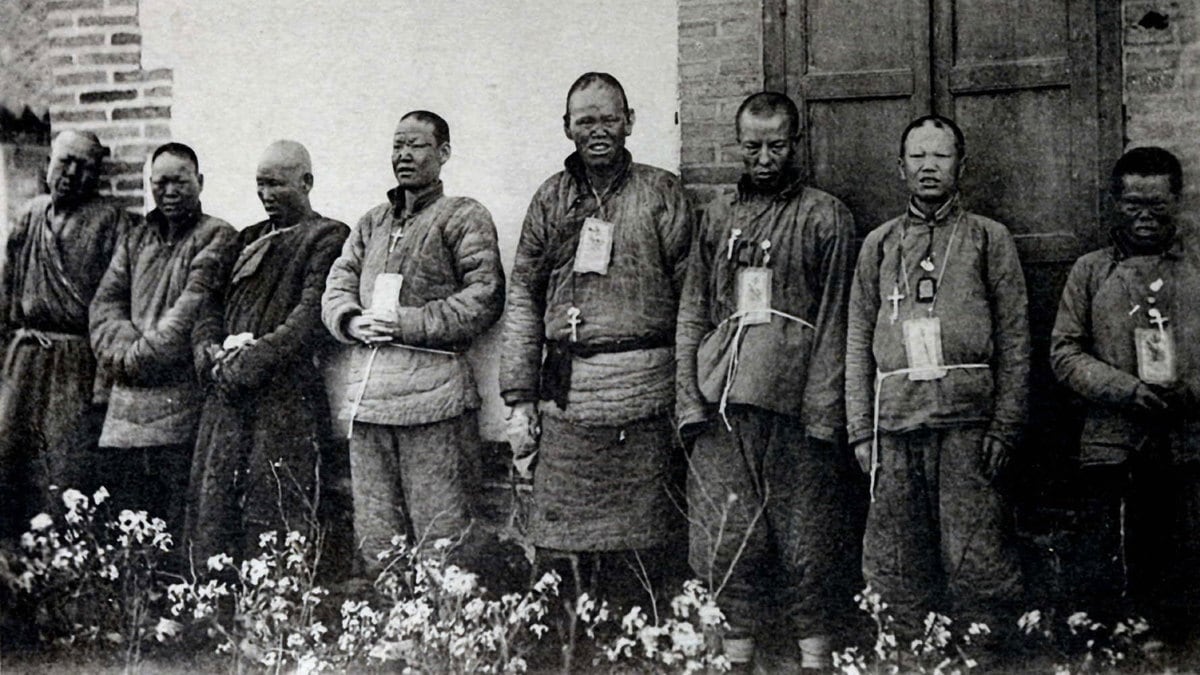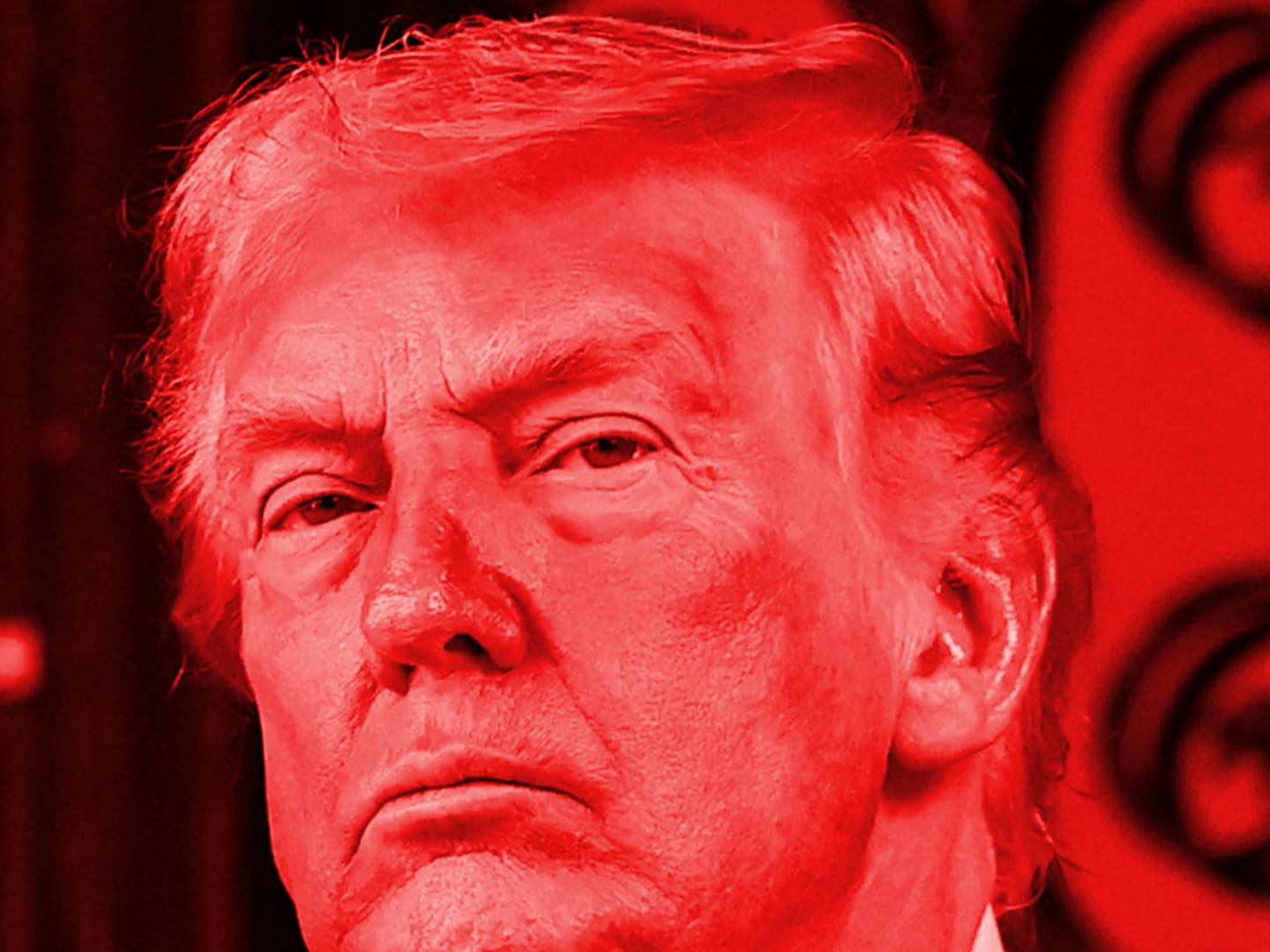The racist labor leader Denis Kearney knew exactly how to rile up white Americans about the threat posed by Chinese immigrants in the late 1800s. He warned that “almond-eyed lepers” would take their jobs and, worse yet, infect them with one of the world’s most dreaded diseases: leprosy. Kearney went so far as to parade an Asian man whose face was riddled with leprous lesions through the streets of San Francisco, pointing to him as an example of the horror that awaited.
Kearney was hardly the only one to use disease—or racially-charged language—as a weapon in the campaign against Asian immigration in the late 19th century, a campaign culminating in the 1882 Chinese Exclusion Act. The former head of the Louisiana board of health, Dr. Joseph Jones, predicted around the same time that “filthy… unprincipled, vicious, and leprous hordes of Asia” would spread leprosy throughout the U.S. He warned that Chinese laundrymen in San Francisco, New Orleans, and New York were “in the early stages of the disease; and their practice of taking water in their mouths and spitting it out on the clothes they iron, is more than ever disgusting when considered in connection with the possible transmission of disease by this means.”
Leprosy was among the most misunderstood and feared diseases at the turn of the century, as Americans became increasingly aware of the destructive power of germs. We now know that leprosy, also called Hansen’s disease, is among the least contagious diseases in the world. Ninety-five percent of humans are naturally immune. But no one knew back then exactly how the mycobacterium lepra bacillus spread and the extent of the damage it caused. This lack of knowledge allowed the xenophobes and demagogues to step right in and fill the void. It didn’t matter that many leprosy patients in the U.S. were native-born whites. Or that Norwegian immigrants brought the disease to the upper Midwest. Somehow, those germs were OK, unlike the identical ones that caused what became known as “Asiatic” or “oriental” leprosy.
Now, more than 140 years later, the nation is dealing with another, far more dangerous infectious disease. The lack of information about how the coronavirus spreads, where it came from, and how it can be stopped is once again exacerbating prejudices and social divides. Today, as over a century ago, Asian Americans have been spat upon and falsely accused of bringing the germ into the country. The president of the United States has repeatedly called it the “China” virus and the “Kung flu” to the cheers of supporters, as though blaming another nation might somehow make it all go away. Instead, it’s limited global cooperation in the desperate search to find some way to end a pandemic that’s already cost hundreds of thousands of lives.
Disease has been politicized for centuries to dehumanize and demonize others, and long-stigmatized leprosy has been especially convenient. Not only Asians have been targeted. When thousands of Central Americans recently headed to the U.S. southern border, anti-immigrant advocates warned that some of these “invading” foreigners carried leprosy with them and threatened the nation’s health. False rumors spread online last September that California’s homeless encampments were the source of a non-existent leprosy outbreak. President Donald Trump threatened to have the federal government step in and take control of the state’s “disgusting” homeless problem, which he called a sign of failed “Democrat” leadership.
More than a century ago, the prejudice and fearmongering over leprosy led the government to do something that was not only cruel but counterproductive. Responding to public pressure, it created a national leprosarium in Carville, Louisiana, located on an abandoned sugar plantation on a remote mosquito-infested piece of property along the Mississippi River. For decades, Americans diagnosed with the disease were brought there and confined, often against their will and until their deaths, since there was no known cure. The patients were torn from their families and homes and lost their identities and rights, including the right to vote. For years, they were referred to as “inmates.” The policy was counterproductive because the fear of being taken away and losing so much caused many of those who had the disease to hide and never be treated.
Still, the leprosarium was created with some good intention. Doctors and public health professionals believed at the time that isolating the patients would help eradicate the disease, while protecting victims from the cruelty of the outside world. Indeed, Carville became a haven of sorts. The patients created a vibrant, diverse world for themselves that helped them to survive and ultimately prevail. They had dances, movies, theater, and sports. They spent weeks building floats for their annual Mardi Gras parade. They established a newspaper called The Star, which eventually became the voice of leprosy patients around the world seeking to regain their dignity and rights.
Unlike those who use leprosy to denigrate others, the germ does not discriminate. The patients at Carville were a cross-section of America, rich and poor, black and white, Hispanic and Asian. In the Jim Crow South, the Carville leprosarium had integrated classrooms and social events—a source of great pride. As one patient recalled, the Carville softball team in the ’50s included “four Mexican Americans, three Blacks, one Hawaiian, one Samoan, three Japanese Americans, and four whites.” This diverse group was bound by their shared status as outcasts.
Faced with a common enemy, the patients worked with their caregivers and outside supporters to advocate for freedom and respect. They regained their voting rights in 1946 and soon became a powerful voting bloc in the sparsely populated area of the state. When doctors at the hospital discovered medication in the ’40s that would ultimately cure the disease, the patients had even more incentive to demand their independence. They eventually succeeded, but not until many lives had been destroyed.
Today, there are about 200,000 new cases of leprosy—including 200 in the U.S.—diagnosed each year. The disease is easily treated with drugs that are widely available. The biggest hurdles continue to be stigma, misdiagnosis, and prejudice. People who have the disease, or who think they might, are still reluctant to seek treatment for fear it will bring public scorn and mistreatment to themselves and their families. About half of the patients who go to the National Hansen’s Disease Program outpatient clinic in Baton Rouge say they contemplated suicide after they were diagnosed.
Despite the efforts of the Carville patients, myths about the dangers of leprosy live on, propelled by those who continue to use the disease to target others as undesirable. The victims of the current pandemic have also unwittingly perpetuated the myth. Those who have had COVID-19, or are suspected of having it, frequently complain about being shunned and even—God forbid—treated like “lepers.”
Pam Fessler, author of Carville's Cure: Leprosy, Stigma, and the Fight for Justice, is an award-winning correspondent with NPR News, where she covers poverty, philanthropy, and voting issues. She lives in Bethesda, Maryland.







